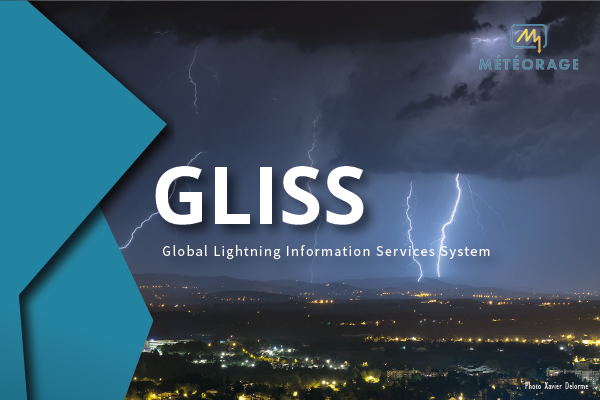
GLISS is the combination of a worldwide lightning detection network and a service platform. Using the GLD360 worldwide detection network, it allows any user to receive lightning information for its own use deliver data services to key users in its country.
Immediately available, no investment budget, no installation project, no maintenance operations.
The service is offered as a yearly subscription, with a price that fits the actual usage.
GLISS is targeted to National Met Services (NMS) or Local Authorities, that do not currently have access to lightning information and must help the population mitigate the lightning hazards.
Becoming a virtual operator, the NMS and Local Authorities can obtain a better understanding of the lightning risk and enhance its forecasts.
And in addition, they will be able to deliver valuable data to key players such as ministries, civil security authorities, infrastructure operators (power plants, grid operators, telecommunications, harbors, airports, …)
The assurance of a reliable and high-quality data and service provision.
GLISS packages the experience gained by Météorage on the French, European and Worldwide market.
Visibility. By allowing the NMS and Local Authorities to fulfill their duties in an efficient way : once the user’s needs are established, the access to GLISS can be setup very quickly.
Enpowerment. GLISS associates the access to easy-to-use data services with the marketing and technical support of Météorage experts.
Proven solutions in order to help users to mitigate the lightning risk and to answer to the following needs:
- Evaluation of the lightning risk
- Anticipation of an immediate risk
- Following of the thunderstorm’s evolution by tracking the storm and a web display of app
- Checking of the situation after a thunderstorm with a report that helps diagnose, react and organize.
